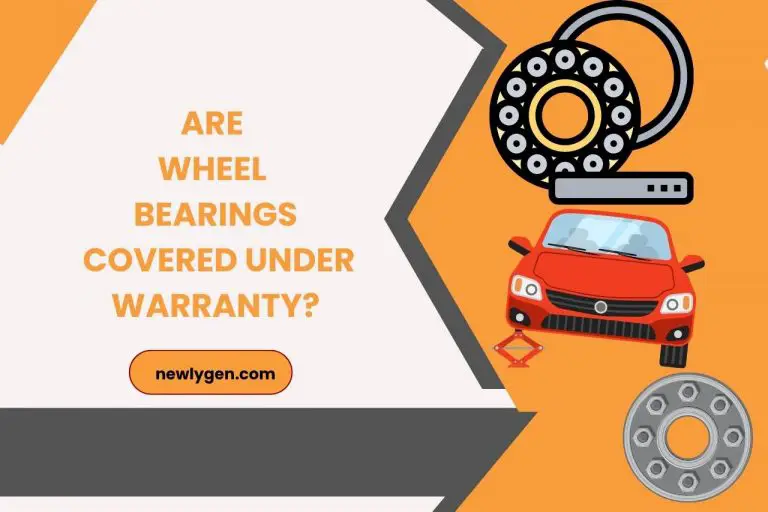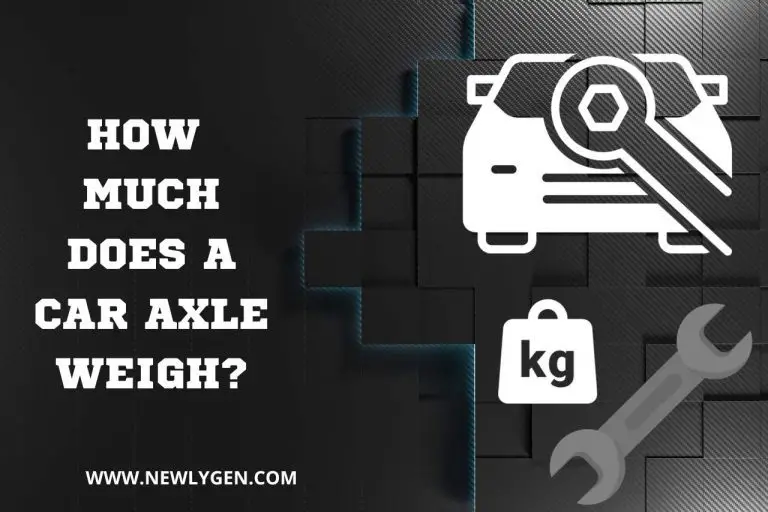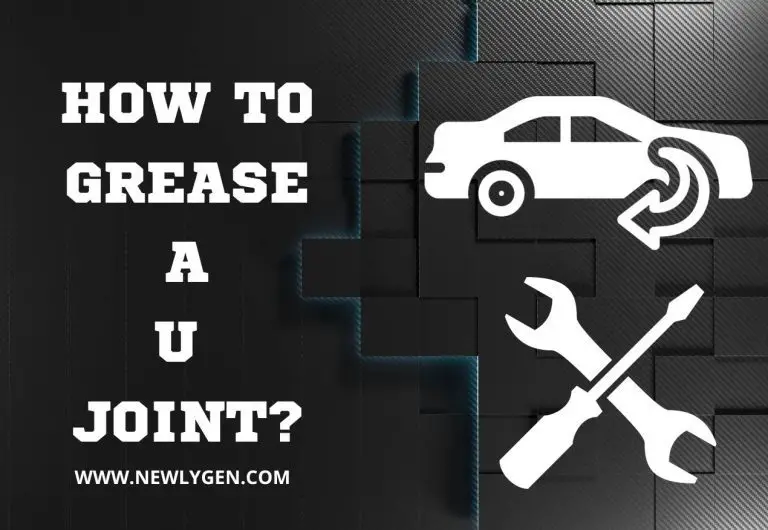How to Know If Car Axle is Bad? Making the Right Choice!
The car axle does a great job by delivering the engine power to the wheels. Thus, when it malfunctions, you should take prompt action to keep the vehicle running. But how do you know if your car axle is bad? Today’s discussion focuses on the symptoms of a faulty car axle and its regular lifespan. What’s more, we will be discussing how to check your car axle for faults and whether it is possible to drive with a bad car axle.
How to Know If Car Axle is Bad?
If your car axle is bad, you will notice the following signs. Keeping your car’s axles in good condition is key for a smooth ride, so check the list of symptoms below.
- Unusual Noises: Grinding or clunking sounds when turning often means the joints are worn or damaged. Moreover, whining or humming that gets louder with speed can indicate axle-bearing problems.
- Vibrations and Shaking: If the steering wheel, floorboard, or seats vibrate, it could be due to an imbalanced axle or worn parts. Shaking wheels might suggest bent axles or joint issues, too.
- Uneven Tire Wear: Excessive wear on one side of the tire often points to axle misalignment. Cupping or scalloping of the tire tread signals irregular wear from axle troubles.
- Steering and Handling Issues: Pulling to one side could be caused by misaligned axles. Difficulty keeping straight or increased steering wheel play might mean axle joint or bearing issues.
- Visual Inspection: If you notice visible damages like bends, cracks, or rust on the axle shaft, they can also be signs. Leaking grease around axle seals indicates wear or internal damage, too.
Remember, these signs can suggest axle problems, but a mechanic’s check is vital for a proper diagnosis. Catching and fixing these issues early can save you from more costly repairs later on!
How Long Should Car Axles Last?
In general, car axles can last between 70,000 to 130,000 miles. The life expectancy can vary depending on these factors
-
Usage:
- CV Axles: Typically, they last between 70,000 to 130,000 miles. With good care, they might even last the entire life of the car.
- Solid Axles: Usually last as long as the car unless under extreme stress.
- Driving Habits: Carrying heavy loads, off-roading, or frequent fast starts can wear out axles quicker.
- Maintenance: Regular checks and greasing help axles last longer.
- Quality of Parts: High-quality axles often outlive cheaper ones.
It is highly important to replace axles before they completely fail to avoid more damage and for safety. Thus, if you notice the aforementioned signs, get the components diagnosed.
How Do you Check a Car Axle?
You can check the condition of your axle by inspecting it visually or performing a driving test. From our experience, here’s how to do it effectively:
-
Visual Inspection:
- Safety First: Firstly, park on flat ground, use the parking brake, and block the wheels.
- Find the Axles: They’re near the wheels. You might need to remove the hubcaps for a better view.
- Inspect the Boots: Now, look for tears or grease leaks on the rubber boots covering the axle joints.
- Examine the Shaft: Check for bends, dents, or rust on the axle shaft.
- Check for Play: Gently move the axle shaft. Too much movement can mean worn bearings.
-
Driving Test:
- Listen for Noises: Drive slowly and listen for clunking, grinding, or whining sounds, indicating joint or bearing issues.
- Feel for Vibrations: Notice any shaking in the steering wheel or seats, especially when speeding up or turning.
- Observe Handling: Moreover, see if the car pulls to one side or is hard to steer straight. This could mean axle problems.
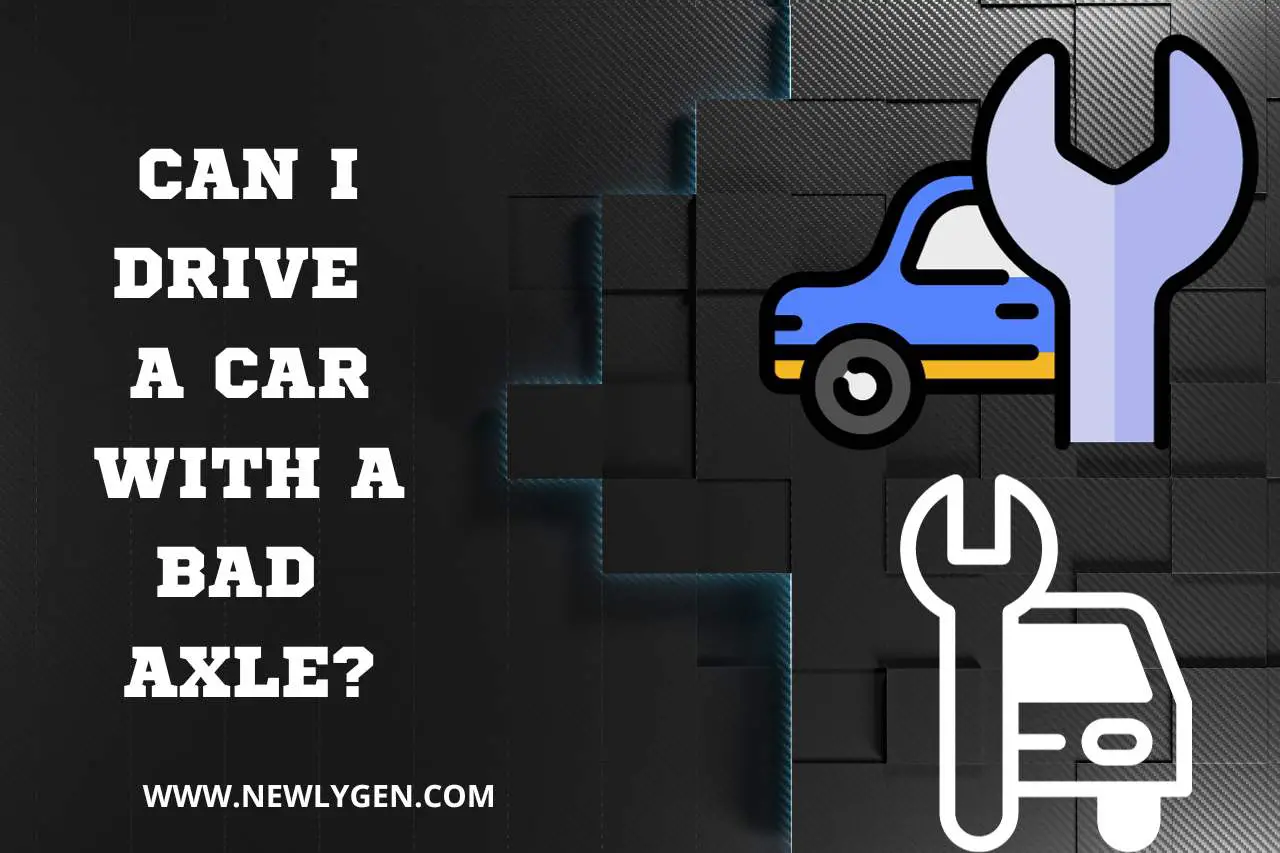


Can I Drive a Car with a Bad Axle?
You can drive a car with a bad axle if there is only minor wear. Otherwise, it is not recommended. Driving with a bad axle can be risky and often leads to bigger problems.
First, you should consider the severity of the issue.
- Minor Wear: Small issues might cause vibrations, but driving short distances could be okay.
- Moderate Damage: Issues like bent axles or worn bearings can make driving unpredictable and dangerous.
- Catastrophic Failure: A completely broken axle can stop your car suddenly, which is very unsafe.
In case you neglect a severe issue, the following things can be expected.
- Further Damage: A bad axle can harm other car parts, leading to expensive repairs.
- Safety Risks: If your car is hard to control, it’s much more likely to be in an accident.
- Higher Repair Costs: Fixing a small problem early is cheaper than repairing big damage later.
Therefore, we recommend you follow these guidelines if you suspect you have a bad car axle.
- Get Your Car Checked: If you think there’s an axle issue, see a mechanic right away.
- Tow if Needed: For serious problems, tow your car to the shop to avoid more damage.
- Fix it Fast: Taking care of axle issues quickly keeps your car safe and can save you money.
You May Also Like
Does Axle Damage Total a Car? Find Out Here!
CV Axle Won’t Seat All the Way – (Expert Tips & Advice)
How to Grease Trailer Axle? Safety First!
How Much to Fix a Broken Axle? (Pricing & Considerations)
How Much does a Car Axle Weigh? Key Differences Unveiled!
How Long does It Take to Replace a U Joint? Efficiency Matters!
How Long Can you Drive with a Bad U Joint? Understanding the Impact!

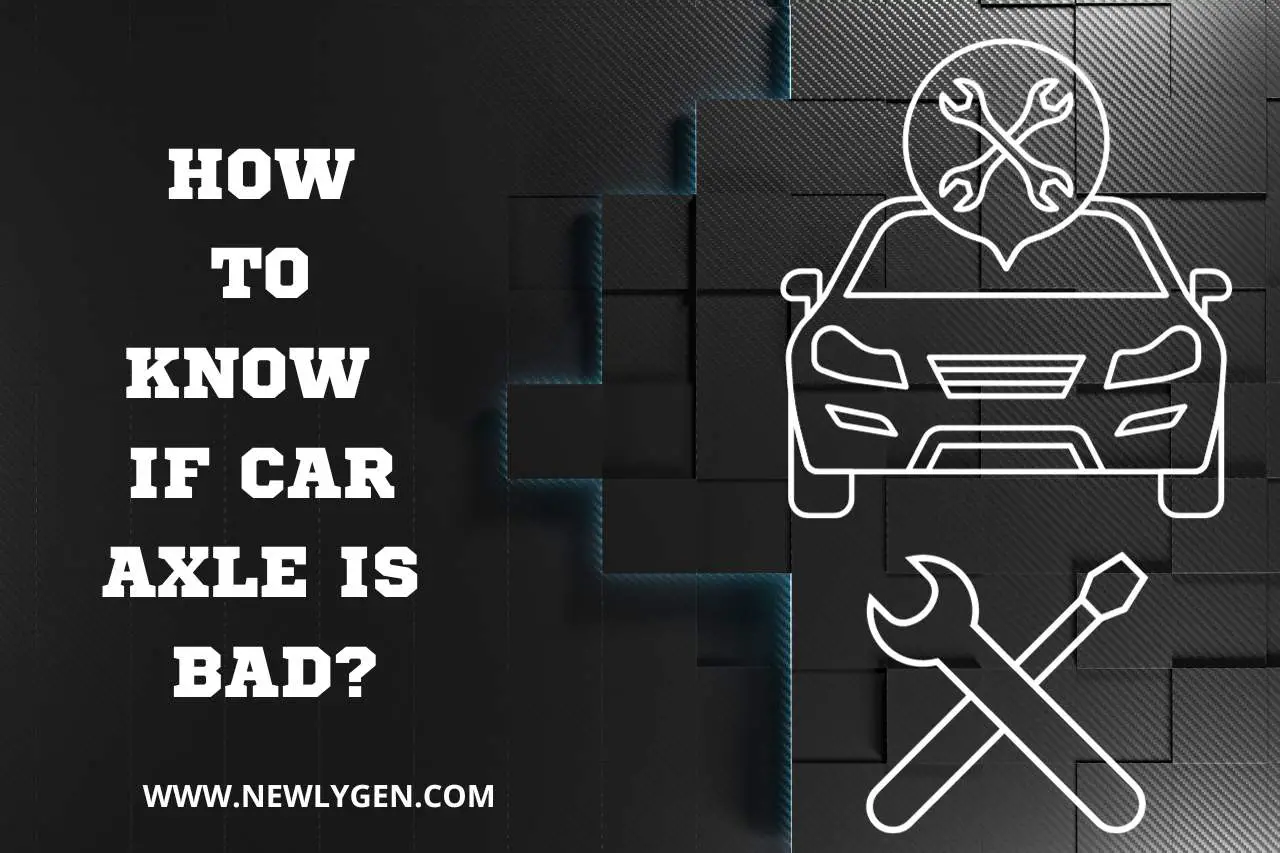
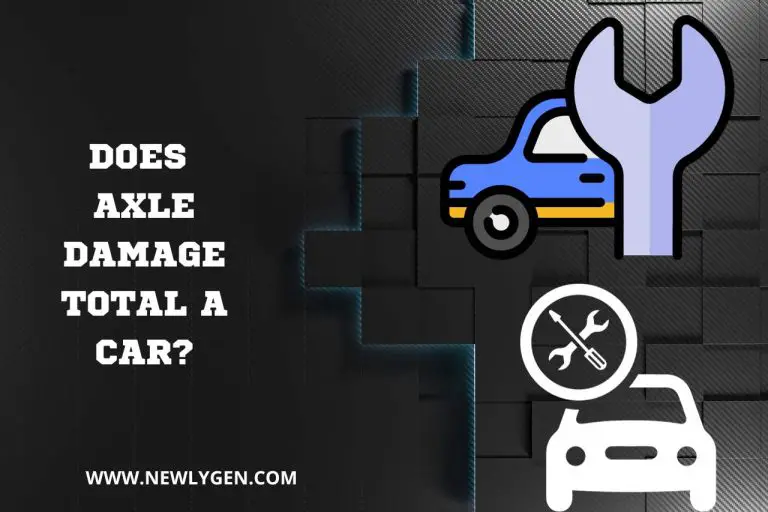
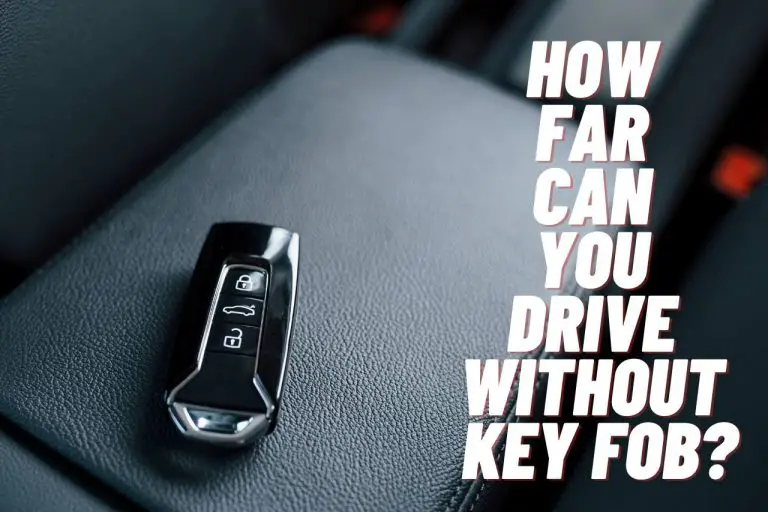
![Do Gas Stations Sell Batteries? [Researched Results]](https://newlygen.com/wp-content/uploads/2022/10/Do-Gas-Stations-Sell-Batteries-1-1-768x512.jpg)
